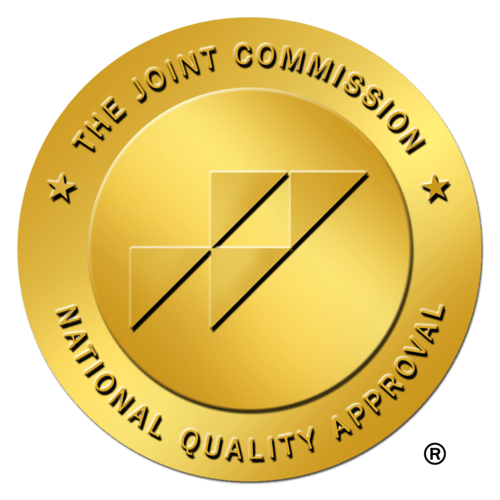
Healthcare workers use mobile devices on the job and to find a job. Naturally, healthcare organizations must use similar technologies to recruit, engage, and retain talent.
Dig deeper into the technology and it becomes harder to connect the dots. Artificial intelligence, machine learning, marketplaces, apps, and labor augmentation solutions are a few tools available to attract and engage talent. These tools sound good in theory, but how do we use them? Are they effective? Practical?
During a recent American Hospital Association webinar, a group of healthcare experts, including CareRev’s SVP of Growth and Strategy Craig Ahrens, shared their insights on how to upgrade workforce strategies to address 21st century challenges.
Their conclusion: healthcare organizations—which face chronic nursing shortages, changing patient needs, and tightening budgets—stand to gain the most from tech transformation.
Here are a few recommendations and best practices from the discussion.
1. Develop at-home care models
With the acceleration of telemedicine use in 2020, a window of opportunity has opened between direct care augmented with technology and on-demand support staff. What does that mean? For SSM Health in St. Louis, Missouri, that means moving more care from the hospital to the home. However, getting there will be a challenge, said Grady Brimley, Vice President of Health Transformation.
“That is not going to be an easy switch for our nurses or physicians,” he said. “Our physicians’ orders won’t easily transition to a home-based setting without support. It’s going to take some retooling of our workforce.”
Eric Humphrey, CHRO and Senior Vice President of Human Resources for Froedtert Health in Milwaukee, Wisconsin, said moving to home-based care will require greater use of on-demand staffing as well as education for Froedtert clinicians. “We’re also looking for people that already have those competencies, which are different from the hospital setting,” he said.
Gina Tapper, Clinical Fellow and Director for the Center for Healthcare Renewal in Hendersonville, North Carolina, emphasized that our aging population will also impact the shift from hospital to home. “We're going to have to do remote monitoring and telehealth and have a combination of in-home staffing caregivers,” she said.
2. Implement automation using AI/machine learning
In a healthcare setting the purpose of AI is not to replace people with a machine, but for people to use machines to help them get to their jobs more efficiently. Froedtert Health, for example, used an algorithmic tool during the pandemic to help make telehealth visits more efficient. Physicians use the tool to make a diagnosis in about 60 seconds, Humphrey said.
Ahrens expects staffing to follow the technology path of electronic medical records (EMRs). The technology is available now to assist with recruiting, onboarding and other HR tasks, but there will be a long adoption curve before we’ll see predictive demand analysis.
3. Prioritize on-demand talent marketplaces
On-demand marketplaces build resilience against uncertain demand. Brimley said SSM Health optimizes its internal float pool to ensure appropriate distribution of staff; yet, he still hears of managers stepping in to fill shifts.
“Using CareRev, we're able to tap into the external labor force so we can access nurses that work in a competing facility or a nurse that is maybe at the end of his or her career and wants to work just a few shifts a month,” he said. “There’s a much bigger pool that we would never have had access to if we only focused on the traveler model. We have found a lot of success as we've moved to a marketplace model—not to take over what we're doing internally, but to augment.”
“The younger nurses want to try out different systems,” Tapper added. “Healthcare staffing is not going to be as unit centric as it has been in the past.”
A look ahead
All speakers agreed that to adopt new technology, on-demand marketplaces, and other 21st century tools, healthcare organizations will have to start with change management. Set realistic goals, get the right stakeholders at the table, and prepare your facility for a future that includes a stronger, more resilient, workforce.





